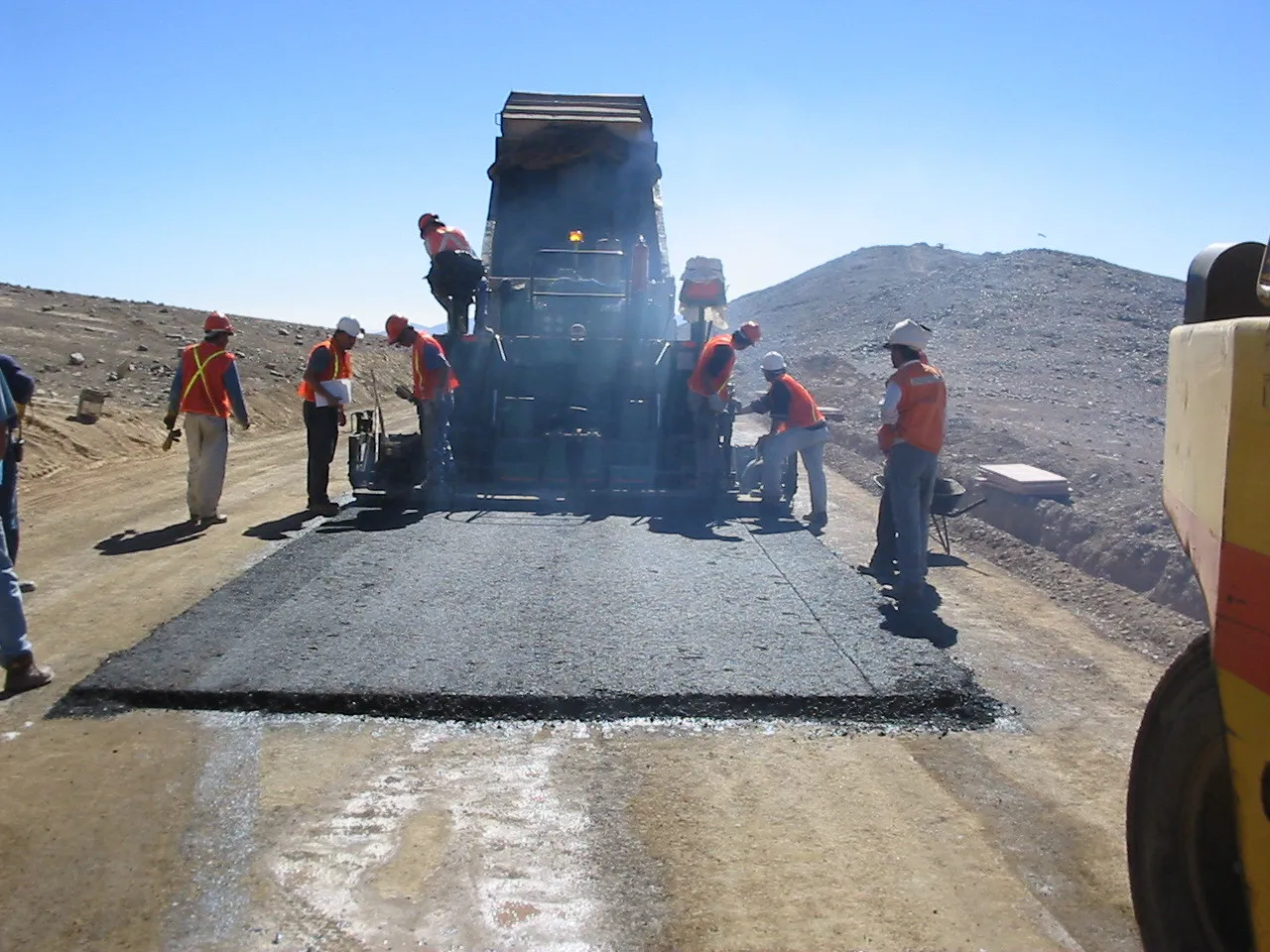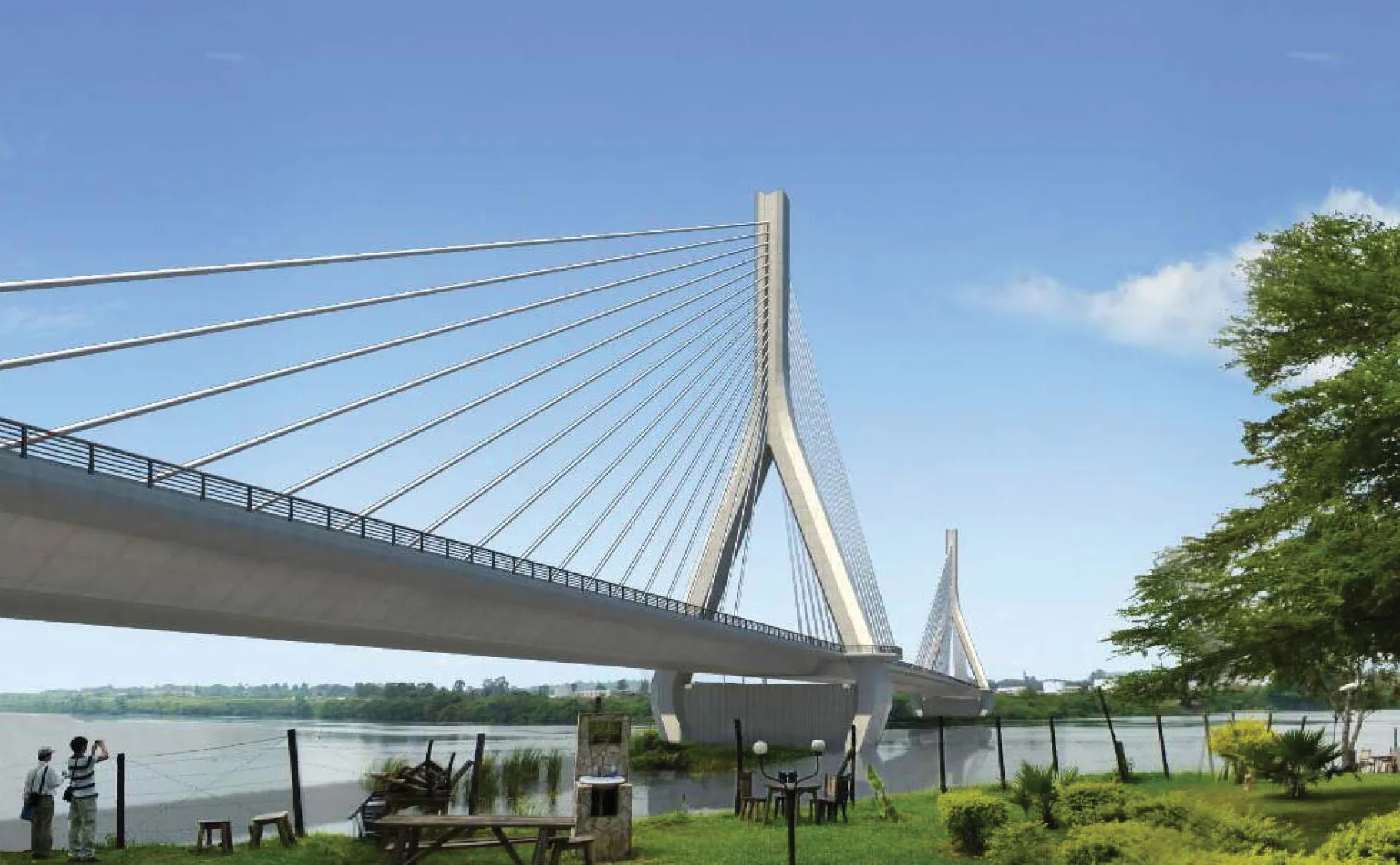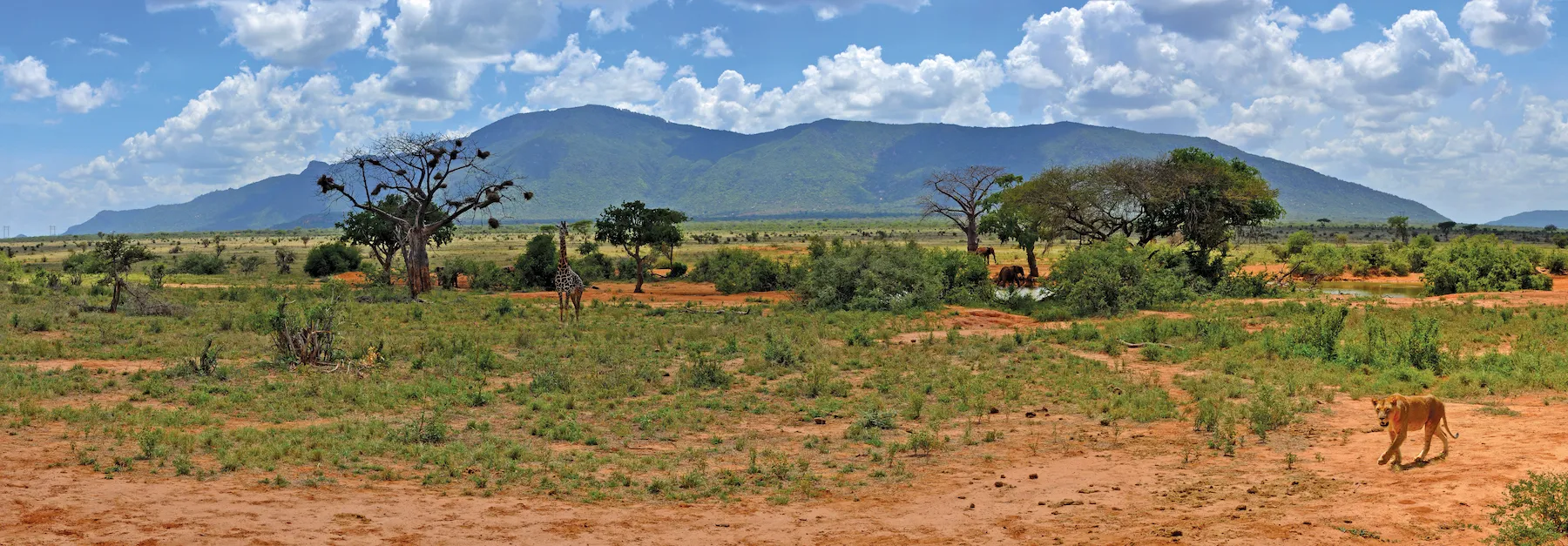Plans are being drawn up in Uganda for the upgrading of the Busega-Mpigi highway stretch. Funding worth US$151 million to help pay for the project is being sought from the African Development Bank (AfDB), which is being delivered in the shape of a loan. Busega lies on the eastern outskirts of capital Kampala and upgrading this 24km section of highway is necessary as it is suffers congestion at peak periods and is unable to cope with current traffic demands. Included in the work to improve this section of hi
January 11, 2017
Read time: 2 mins
Plans are being drawn up in Uganda for the upgrading of the Busega-Mpigi highway stretch. Funding worth US$151 million to help pay for the project is being sought from the African Development Bank (AfDB), which is being delivered in the shape of a loan. Busega lies on the eastern outskirts of capital Kampala and upgrading this 24km section of highway is necessary as it is suffers congestion at peak periods and is unable to cope with current traffic demands. Included in the work to improve this section of highway will be the construction of four new interchanges, as well as 20km of link roads and 8km of emergency lanes. The work is expected to take 30 months to complete.
The highway upgrade is of strategic importance as it forms part of a much wider project to improve Uganda’s links with neighbouring Rwanda, Tanzania and Kenya. A further $94 million loan from the AfDB meanwhile will help pay for construction of the 208km section of this highway link running through Rwanda.
The highway is vital to both Uganda and Rwanda as both nations are landlocked and improving their road links with Tanzania and Kenya, both of which have major ports, will help develop the economic performance of the East Africa Community (EAC) as well as the Great Lakes Region.
The highway upgrade is of strategic importance as it forms part of a much wider project to improve Uganda’s links with neighbouring Rwanda, Tanzania and Kenya. A further $94 million loan from the AfDB meanwhile will help pay for construction of the 208km section of this highway link running through Rwanda.
The highway is vital to both Uganda and Rwanda as both nations are landlocked and improving their road links with Tanzania and Kenya, both of which have major ports, will help develop the economic performance of the East Africa Community (EAC) as well as the Great Lakes Region.








